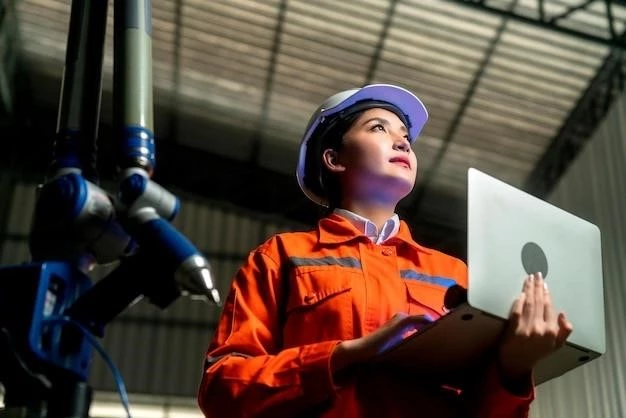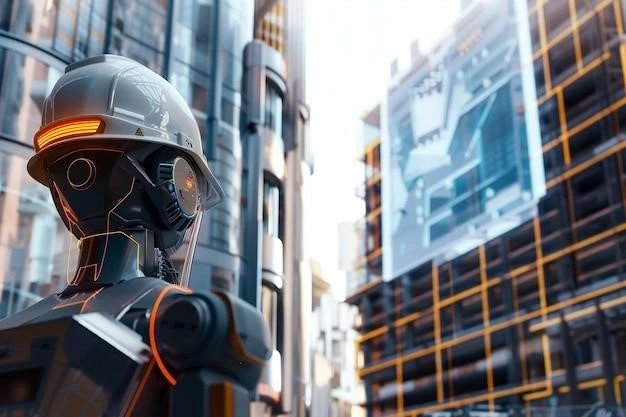The world of work is constantly evolving, and with it, the need for workplace safety is becoming more critical than ever. As a safety engineer at a large industrial plant, I’ve witnessed firsthand how technology and changing work environments are shaping the future of workplace safety. Here are some key trends I’ve observed and how they’re transforming our approach to safety.

The Rise of Technology
Technology is revolutionizing workplace safety, allowing us to move from reactive measures to proactive prevention. Here are some examples:
- Internet of Things (IoT): I’ve implemented IoT sensors to monitor equipment performance and identify potential hazards in real-time. This allows us to intervene before accidents occur, not just after.
- Artificial Intelligence (AI): AI is playing a crucial role in predicting safety risks by analyzing data patterns and identifying potential hazards. This helps us prioritize safety interventions and allocate resources effectively.
- Wearable Technology: Smartwatches and other wearable devices are becoming increasingly common in industrial settings. These devices can monitor employee health, alert for potential safety risks, and even track emergency response times.
Beyond Physical Safety
Workplace safety is no longer just about preventing physical injuries. Mental health and wellbeing are becoming increasingly important considerations. Here’s how we’re addressing this:
- Promoting Psychological Safety: We’re creating a culture where employees feel comfortable speaking up about safety concerns without fear of reprisal. This is crucial for identifying and addressing hazards early on.
- Addressing Workplace Stress: We’re implementing programs to manage stress and promote work-life balance. This is essential for preventing burnout and ensuring employees are mentally and physically prepared to work safely.

Challenges and Opportunities
While technology offers numerous benefits, it also presents challenges. We need to ensure that safety technology is implemented responsibly and doesn’t compromise employee privacy. It’s also crucial to bridge the gap between technology and human behavior. We need to educate employees about the benefits of these technologies and train them on how to use them effectively.
The future of workplace safety is bright, but it requires a collaborative effort. By embracing technology, prioritizing mental health, and fostering a culture of safety, we can create a workplace where everyone goes home safe and healthy.










